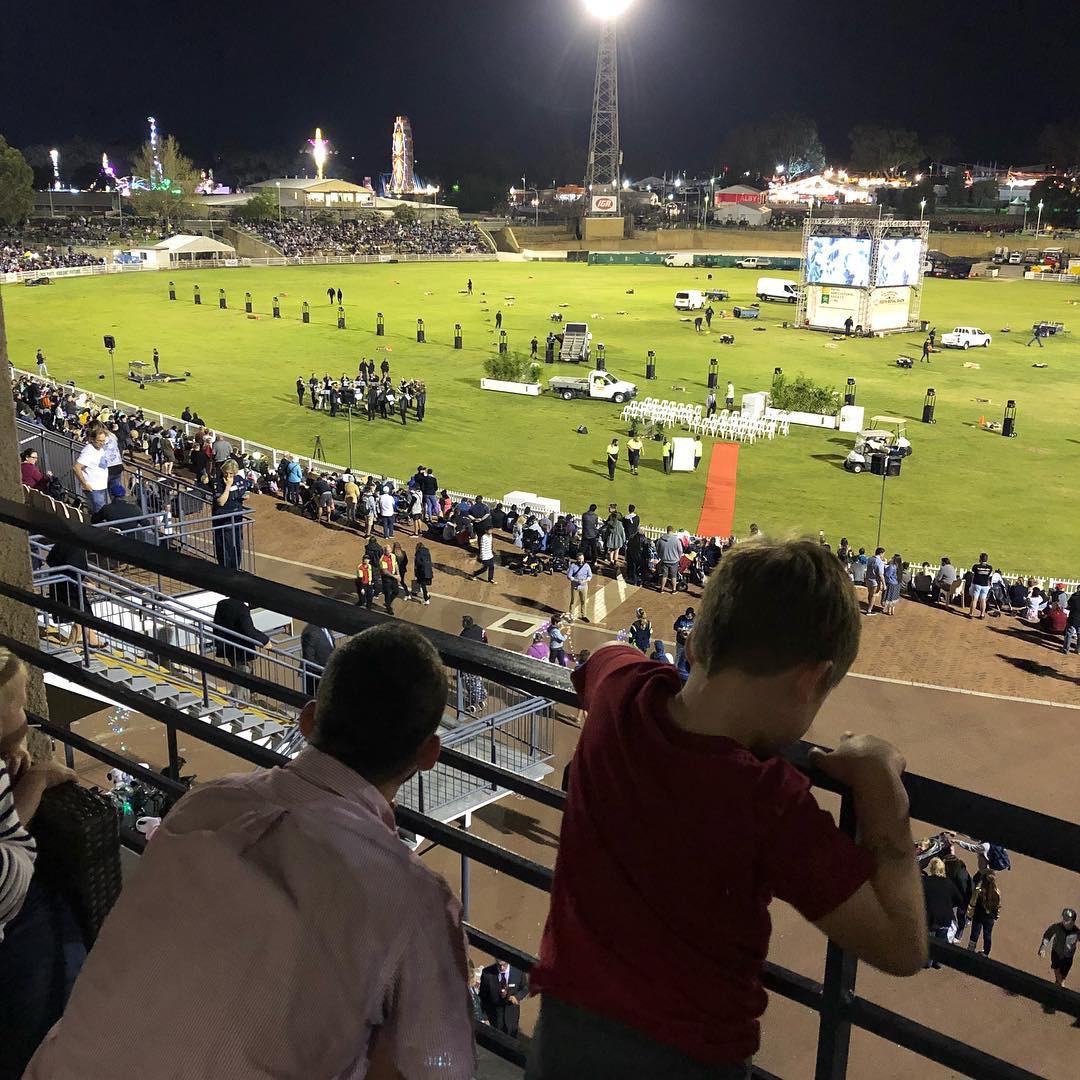I watched Baby Driver. I didn’t love it.
I watched Baby Driver. I didn’t love it.
In macOS Mojave I’ve built a macro using Keyboard Maestro to automatically switch between Light and Dark modes for day and night, respectively, since Apple failed to incorporate that obvious feature themselves.
Matt Langford - Shortcut for micro.blog link posts
here is a shortcut that will help in sharing link posts to micro.blog
Running this Shortcut script as a test.
I’m looking forward to the NBL v NBA games coming up this week. Such a shame my Perth Wildcats will be without their starting centre, Angus Brandt. We needed that unit, who has a build like Aaron Baynes. 🏀
Royal Show!

It was great to be able to provide business advice and support to an iconic Perth business - Scott Print, as part of my work as a Business Adviser with the Entrepreneurs' Programme.
An article detailing the work we did together, and their experience as a customer, is also available.
It was great to be able to provide business advice and support to an iconic Perth business - Scott Print, as part of my day job.
An article about the work we did together as part of the Government’s Entrepreneurs’ Programme is also available.
I love operating system update day. Beforehand, I’m all like, “I’ll wait a few days to avoid any zero-day risks”. Then on release morning I rush around in a giddy haze updating all the things.
Beer at Petition, Perth.
Ben Thompson really smashes it out of the park with this analysis at stratechery.com. So well written, and so accurate. It’s always more profitable to be a shareholder than a customer.
My iPhone 8 Plus Product(Red) is still nice and new to me. I have no desire or need to upgrade to an iPhone X variant. My wife, on the other hand, who is still rocking the iPhone 6S might be interested!
I’m addicted to Hearthstone. Are there any players in the micro.blog community?
I have bought a licence for BusyContacts, so I expect it will now be made available on Setapp any moment now…
I played a few levels of Starcraft tonight. Been about 20 years since my last game and I still remembered it perfectly. Took me back to the days of LAN parties.
I have to give credit to @manton and @macgenie - I think micro.blog is the nicest, most value-additive internet community I’ve ever been a part of. They have established a great culture.
I’ve hardly used Lightroom this year, but after trialling the photo apps in Setapp, I think I’m going to stick with it Creative Cloud for another year.
Design is everywhere. www.washingtonpost.com
The Washington Post: Why your favorite bench might be there to thwart a terrorist attack
I can’t get a good Dropbox workflow for writing in iA Writer. I keep going back to Byword because of its simple integration with Dropbox. The iA Writer approach of using the Files interface is just too clunky.
I am impressed with Mark Dickel’s take on how parents should behave when engaging with their children’s sport.
“I love watching you play.”
This is what I now say to my kids after every game I watch them play.
I do not critique their play or discuss the game with them. Or talk with them about who played well or how many points they scored. Only “I love watching you play”.
When I was taking my boy to Aussie Hoops - a basketball skills program for little kids starting out - there were already parents “coaching” from the sidelines.
Just let kids have fun.
This iOS app, Allowance, is the first application I have seen using the new YNAB API. It’s quite a helpful little app, just bringing front and centre a small selection of budget categories.